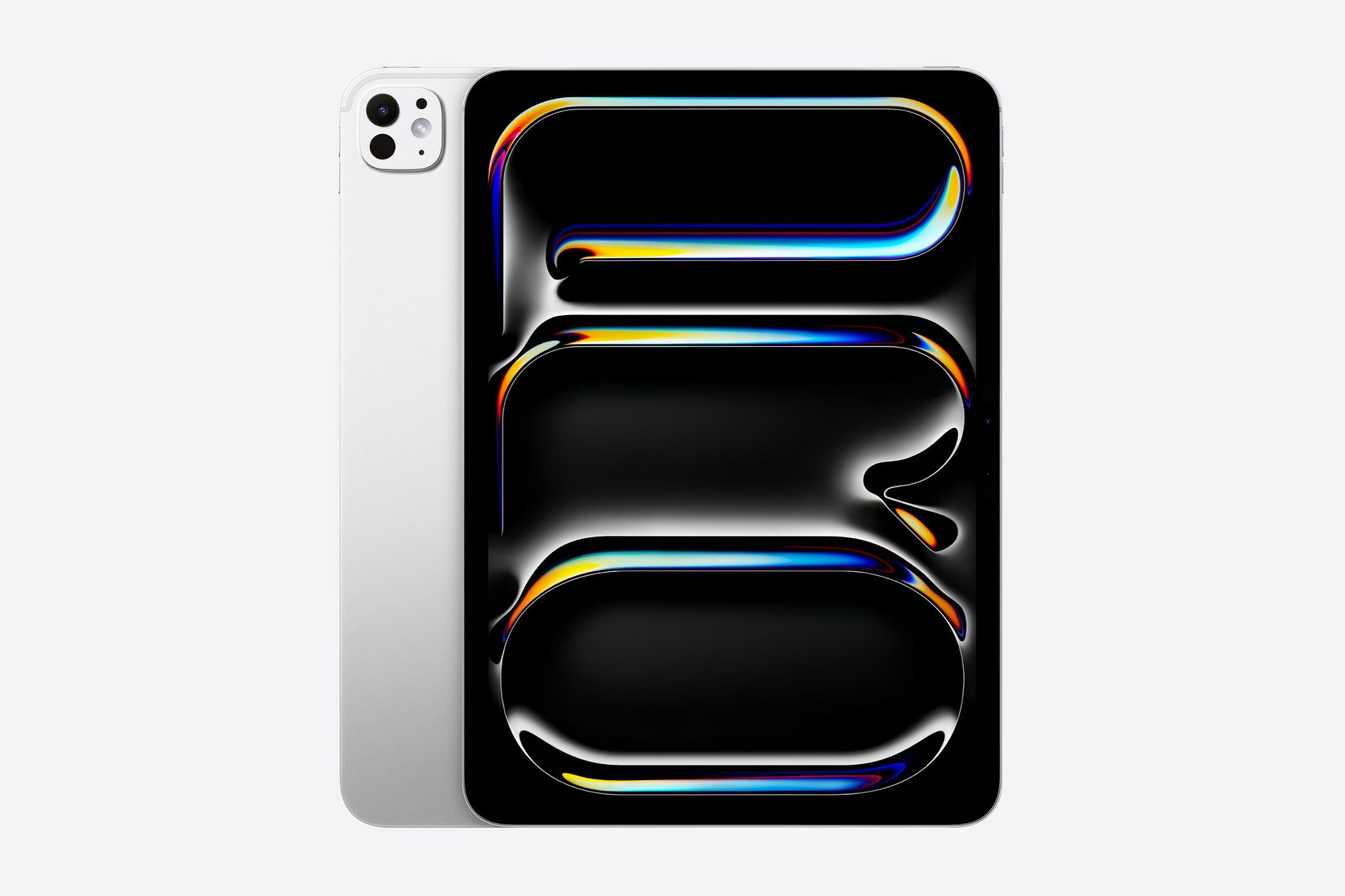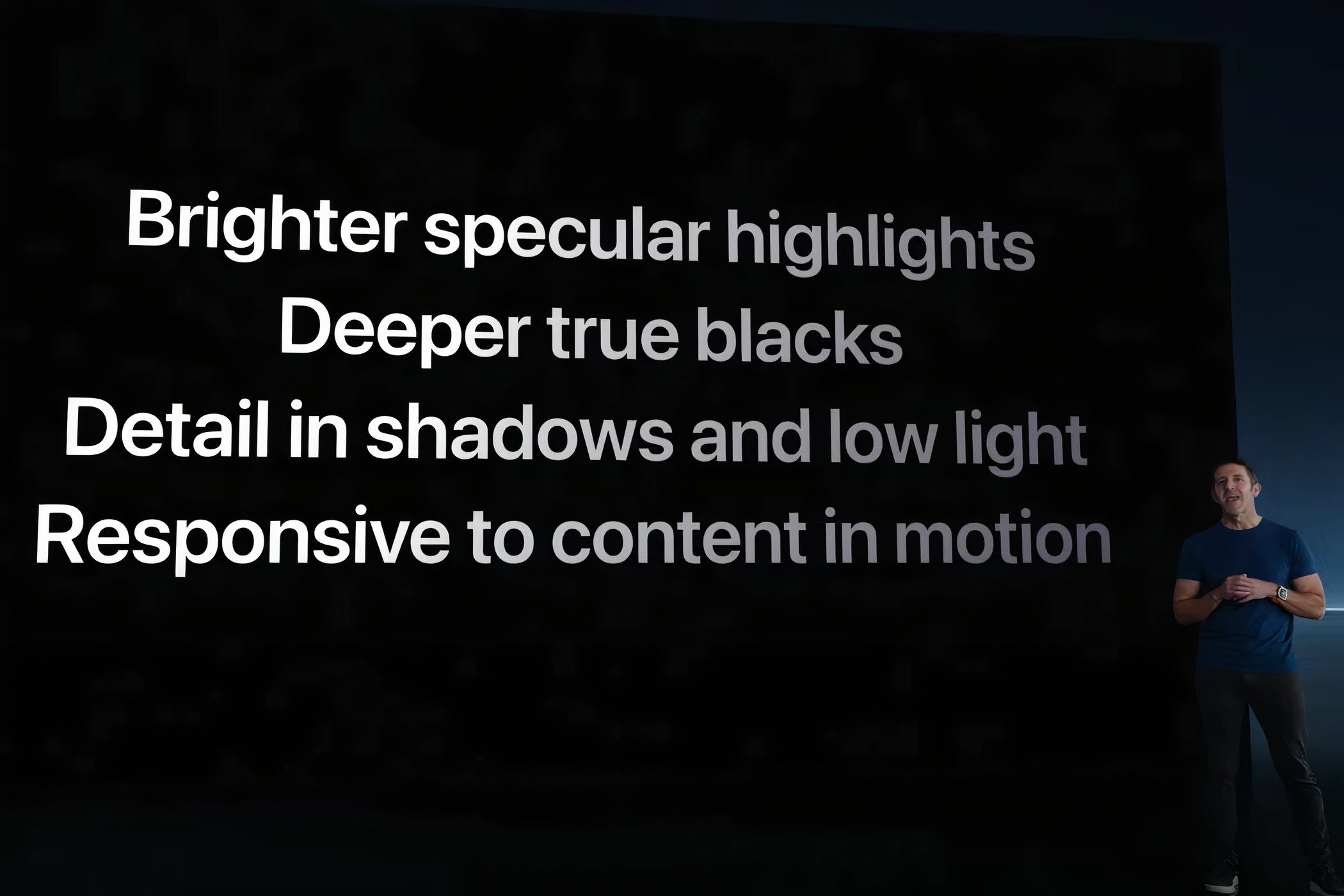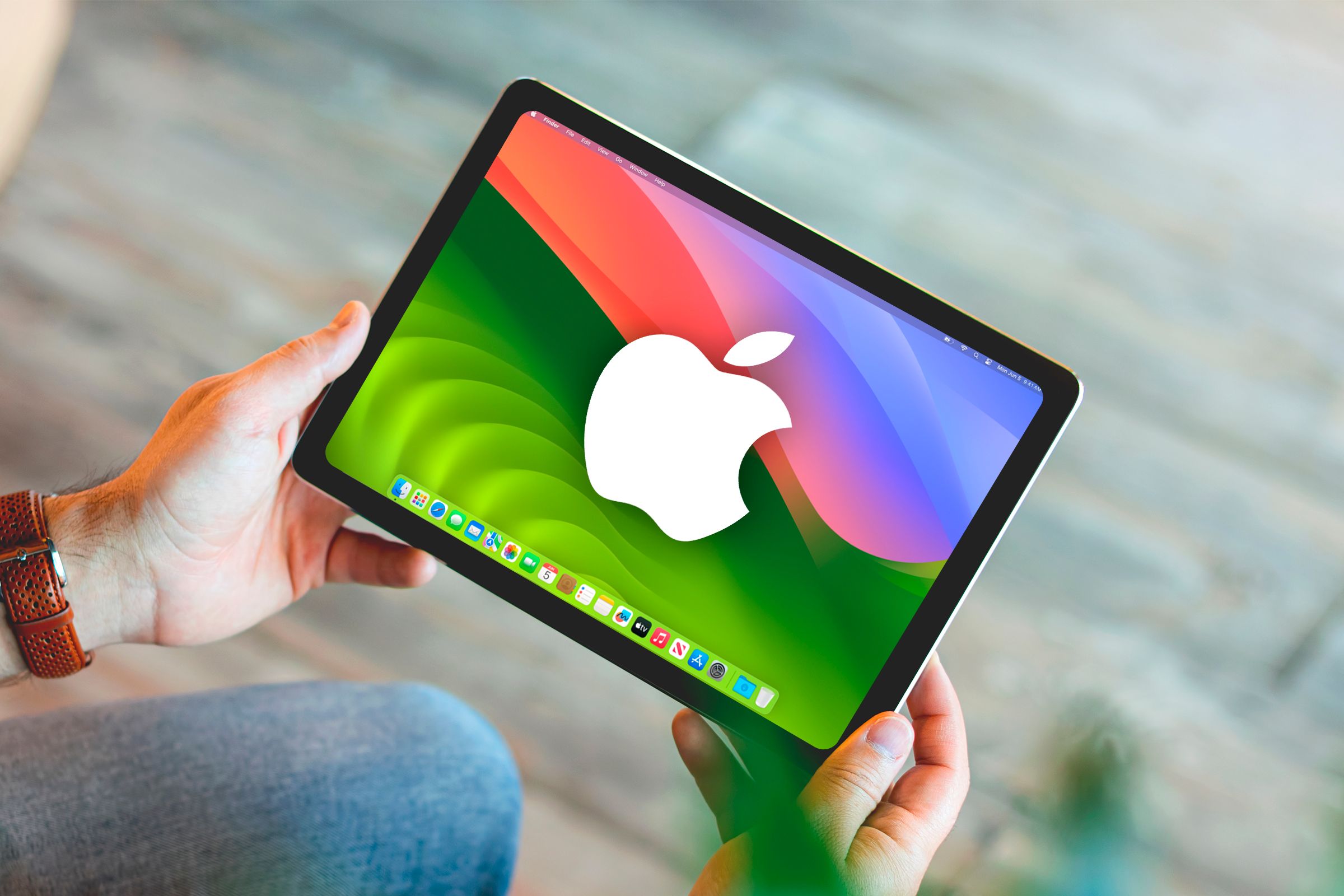
Exploring the Innovative Tandem OLED Technology in New iPad Pro – Everything You Need to Know!

Exploring the Innovative Tandem OLED Technology in New iPad Pro – Everything You Need to Know!
Quick Links
- OLED Screens and Apple: A Quick Recap
- Introducing Ultra Retina XDR Display (Feat. Tandem OLED)
- Advantages of Tandem OLED Technology
- Are There Any Downsides of Using Tandem OLED on iPads?
- How Much Will It Cost to Repair the New iPad Pro’s Screen?
Key Takeaways
- By stacking two OLED panels, Apple has managed to solve OLED’s brightness problem while retaining the excellent contrast ratio and inky blacks that the technology is known for.
- With the new technology, both the 11-inch and 13-inch iPad Pro models can achieve a full-screen brightness of 1000 nits in SDR content, or 1600 nits in HDR content.
- Apple also says that the new screen includes a sub-millisecond control over the color and luminance of each pixel.
Apple’s new iPad Pro for 2024 features the new M4 chip, an ultra-sleek profile, and what Apple is calling “Tandem OLED” technology. So what exactly does this mean? Is it just another fancy Apple marketing term? Let’s find out.
OLED Screens and Apple: A Quick Recap
In the realm of display technology, OLED is the undisputed champion . Short for Organic Light-Emitting Diode, OLED screens are known for their superior picture quality. Unlike LCD screens with a backlight, OLED panels consist of self-emissive pixels that produce light when electricity passes through. As a result, OLEDs are thinner and generate perfect blacks since they are capable of turning off pixels in the required areas (thus emitting no light).

Apple
Along with producing deeper blacks, OLED screens also offer exceptional color reproduction and viewing angles. Given that most smartphone manufacturers and a significant portion of tablet makers have moved to OLED screens, Apple had to jump from LCD and mini-LED displays on its iPad Pro lineup sooner or later. In 2017 we saw the first iPhone with an OLED screen, the iPhone X. Since 2020, all the flagship iPhones have featured an OLED screen.
But that wasn’t the case for the top-tier iPad Pro, which until recently used LCD and mini-LED displays . In March 2024, reports claimed that Apple paid a whopping $2.9 billion to Samsung and LG for the OLED panels for the iPad Pro. A few months later, the company announced the M4 iPad Pro with an OLED display. However, Apple, being Apple, implemented the technology in a rather fancy yet nuanced manner.
Introducing Ultra Retina XDR Display (Feat. Tandem OLED)
Both the 11-inch and the 13-inch M4 iPad Pro models feature an Ultra Retina XDR display, which provides “an even more remarkable visual experience” than the Liquid Retina XDR screen on the 12.9-inch M2 iPad Pro . Let’s break down those terms a bit.
Retina is a marketing term Apple uses for displays that are sharp enough so that you can’t discern individual pixels from an average viewing distance. At the same time, XDR refers to support for extreme dynamic range. The only term that has changed from the M2 iPad Pro to the M4 iPro is the prefix ‘Ultra,’ and it refers to what sits underneath the nano-texture glass.

Apple
Fancy terms aside, the M4 iPad Pro’s display uses tandem OLED technology. Unlike an iPhone with one OLED panel, tandem OLED refers to multiple panels stacked on top of each other. In the case of iPads, Apple has utilized the technology to stack two OLED panels, the combined full-screen brightness of which comes out to 1000 nits for SDR and 1600 nits for HDR.
You might argue that these numbers are the same as those of the M2 iPad Pro , but the fact that Apple has achieved them on an OLED display (as compared to LCD on the previous iteration) is the big deal. For reference, 2024 OLED flagships like the LG C4 hit anywhere from 200 to 800 nits depending on how much of the screen is being used to dazzle the viewer.
Advantages of Tandem OLED Technology
As mentioned earlier, the pixels in OLED screens generate both light and color. Hence, there’s a limit to how bright a single layer of OLED panel can get, especially for devices with a bigger screen. This is why the OLED televisions aren’t the brightest models on the market (LED backlights still claim that crown).
This logic applies to the 11-inch and 13-inch iPad Pro models . In Apple’s words, “for the expansive displays in iPad Pro, a single OLED panel doesn’t generate enough brightness to deliver the XDR performance.”

Apple
Hence, the first advantage of using the tandem OLED technology is the higher full-screen brightness on the M4 iPad Pro. So, whether you’re using the iPad outdoors, under direct sunlight, or watching an HDR-enabled movie, you’ll experience far greater brightness than if a traditional single OLED panel would provide.
Apple also claims the display showcases more details in shadows or other poorly lit areas while viewing HDR photos or videos . Of course, the Ultra Retina XDR display produces better contrast, improved viewing angles, and the deepest blacks on any Apple screen.
Are There Any Downsides of Using Tandem OLED on iPads?
You’ve probably heard about the screen burn-in issues on devices with OLED panels . Due to constant usage, pixels displaying brighter or static elements can wear out faster than others, which leaves a permanent imprint on the screen.
In theory, this applies to both layers of OLED display on the M4 iPad Pro. However, since there are two panels, they’ll have to collectively meet the total brightness demand. This should reduce the overall power consumption and prolong the lifespan of the Ultra Retina XDR display.

Apple
The M2 iPad Pro’s blooming effect (leakage of white light), which some users complained about, shouldn’t be a problem with the new display. To address the potential trailing effect, Apple has included a sub-millisecond control over the color and luminance of each pixel, making the display more responsive to motion.
Of course, the other drawback to using two OLED panels rather than one is the price you’ll pay.
How Much Will It Cost to Repair the New iPad Pro’s Screen?
One potential downside here is a higher production and repair cost. As we mentioned earlier, Apple paid a massive upfront price for developing the dual-screen tandem OLED display on the M4 iPad Pro. The March 2024 report by Phone Arena mentions that Apple is spending $290 each for the 11-inch screen (to Samsung) and $390 for the 13-inch screen (to LG).
But it wasn’t clear back then that the company would include a tandem OLED screen on the iPads. Nevertheless, we gather from the report that the new display is expensive, and not just for Apple.

Lucas Gouveia / How-To Geek | Yeti studio / Shutterstock
When Apple launched the M1 iPad Pro, the screen replacement cost for the 12.9-inch model was $699 without Apple care. That was a mini-LED display, and OLED screens cost more to repair (or replace). Although the official iPad Repair & Service page doesn’t provide an estimate of the cost of repairing a cracked M4 iPad Pro screen, it will likely cost a lot.
Hence, if you’re spending money on the latest iPad Pro with tandem OLED technology, we’d advise you to get an AppleCare subscription , easing any potential repair costs.
That’s everything we know about the new tandem OLED tech Apple uses on the M4 iPad Pro. How the display performs in real-life scenarios and whether users face any issues are things we’ll find out as more M4 iPad Pro models surface in the wild and prove their worth over time.
The M4 iPad Pro wasn’t the only thing Apple announced at its May 2024 iPad event, there’s also a brand new M2 iPad Air .
Also read:
- [New] Discovering the Power of ASMR for Quality Rest for 2024
- 2024 Approved Dramatic Discourse Penning Powerful Narrative Dialogues
- Discovering the Hidden Locations of Your iTunes Device Backups & Accessing Them with Ease
- Dominating the IGTV Space A Guide to Massive Viewership Growth
- Essential Strategies: Simplifying the Process of Safeguarding Your iPhone Contacts
- How to Use Soap2day Downloader for Movie Acquisition
- Lost Your iPhone's iTunes Backup Passphrase? Effortless Recovery Steps Inside!
- Mastering the Art of Recording Sims 4 Sessions for PC Gamers: A Step-by-Step Guide
- Premium Audio Playwright Craftsmanship
- Quick Guide: Adding Your iOS Snapshots to Google Drive Storage
- Resolving Steam Error Code 130: A Comprehensive Guide
- Revive Lost Files: Easy Steps for iCloud Backup Rescue and Reinstatement
- Step-by-Step Guide: Disabling WhatsApp Auto-Backups on Android & iOS Devices
- Step-by-Step Tutorial: IPhone Message Archive Migration to Windows or Mac
- The Essential Tutorial Infusing Motion Blur Into Faces Using Picsart
- Top 6 Strategies for Transferring Your iPhone Snapshots to a Mac
- Tutorial to Change Xiaomi Civi 3 IMEI without Root A Comprehensive Guide
- Title: Exploring the Innovative Tandem OLED Technology in New iPad Pro – Everything You Need to Know!
- Author: Daniel
- Created at : 2024-10-11 20:43:19
- Updated at : 2024-10-17 18:13:41
- Link: https://os-tips.techidaily.com/exploring-the-innovative-tandem-oled-technology-in-new-ipad-pro-everything-you-need-to-know/
- License: This work is licensed under CC BY-NC-SA 4.0.